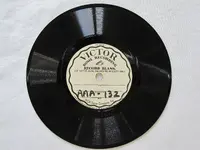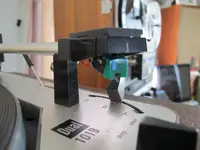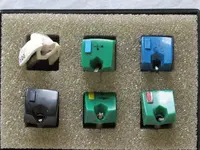S
SteveinAlaska
New member
OK, I'm the guy that is transferring 78rpm records to CD. I have been given the opportunity to transfer some historical home recordings done here in Fairbanks,Alaska in 1932.One of the pioneer aviators did these in his home.They are 6-inch Victor Home Recording discs that play for no more then 2 minutes each. (Glad I retired last January as it looks like I have about 30 of these to work with)
I tricked out my Dual 1019 with a Stanton 500 V3 cartridge and am using a set of assorted styli that come from Esoteric Sound. But my gear is not the question........question is has anyone tried working with OLD home recordings like this??
my Dual 1019 with a Stanton 500 V3 cartridge and am using a set of assorted styli that come from Esoteric Sound. But my gear is not the question........question is has anyone tried working with OLD home recordings like this??
Any help, advice, thoughts, comments welcome.
I tricked out
 my Dual 1019 with a Stanton 500 V3 cartridge and am using a set of assorted styli that come from Esoteric Sound. But my gear is not the question........question is has anyone tried working with OLD home recordings like this??
my Dual 1019 with a Stanton 500 V3 cartridge and am using a set of assorted styli that come from Esoteric Sound. But my gear is not the question........question is has anyone tried working with OLD home recordings like this??Any help, advice, thoughts, comments welcome.




